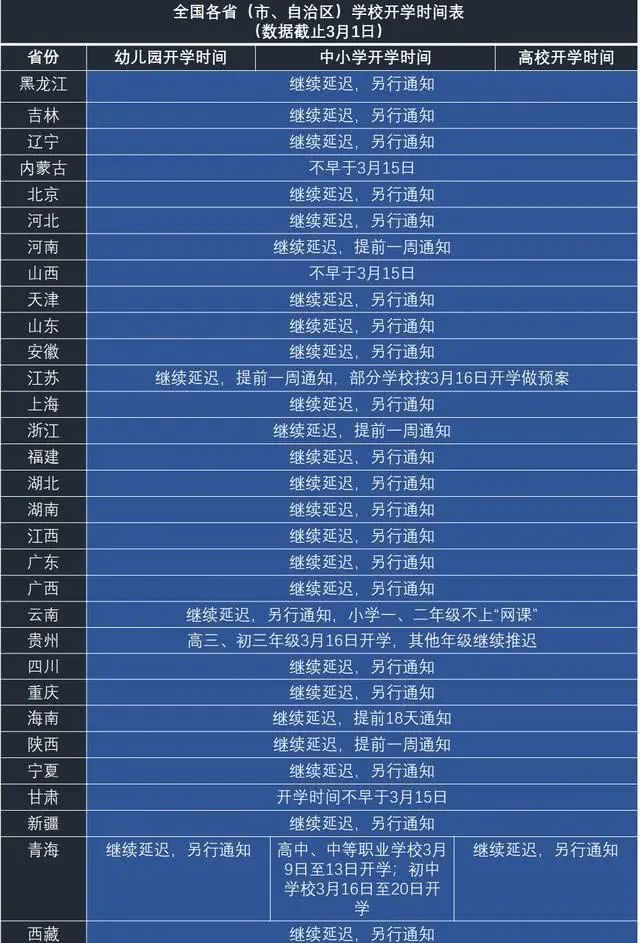2020年考研英語(yǔ)(一)真題及答案解析:
Text 2
Grade inflation-the gradual increase in average GPAs (grade-point averages) over the past
few decades-is often considered a product of a consumer era in higher education, in which
students are treated like customers to be pleased. But another, related force -a policy often buried deep in course catalogs called grade forgiveness"- is helping raise GPAs.
Grade forgiveness allows students to retake a course in which they received a low grade, and
the most recent grade or the highest grade is the only one that counts in calculating a student's
overall GPA.
The use of this little-known practice has accelerated in recent years, as colleges continue to
do their utmost to keep students in school (and paying tuition) and improve their gradation rates.
When this practice fir started decades ago, it was usually limited to freshmen, to give them a
second chance to take a class in their first year if they struggled in their transition to college-level
courses. But now most colleges, save for many selective campuses, allow all undergraduates, and
even graduate students, to get their low grades forgiven.
College officials tend to emphasize that the goal of grade forgiveness is less about the grade
itself and more about encouraging students to retake courses critical to their degree program and
gradation without incurring a big penalty. "Untimely. "said Jack Mine, Ohio State University's
registrar. "we see students achieve more success because they retake a course and do better in
subsequent contents or master the content that allows them to graduate on time.
That said, there is a way in which grade forgiveness satisfies colleges own needs as well. For
public institutions state finds are sometimes tied partly to their success on metrics such as
graduation rates and student retention so better grades can, by boosting figures like those, mean
more money. And anything that raises GPAs will likely make students who, at the end of the day
are paying the bill-feel they’ve gotten a better value for their tuition dollars, which is another big
concern for colleges.
Indeed grade forgiveness is just another way that universities are responding to consumers'
expectations for higher education. Since students and parents expect a college degree to lead to a job, it is in the best interest of a school to tum out gradates who are as qualified as possible-or
at least appear to be. On this, students' and colleges’ incentives seem to be aligned.
26. What is commonly regarded as the cause of grade inflation?
A. The change of course catalogs.
B. Students indifference to GPAS.
C Colleges neglect of GPAS.
D. The influence of consumer culture.
27. What was the original purpose of grade forgiveness
A. To help freshmen adapt to college learning.
B. To maintain colleges graduation rates.
C. To prepare graduates for a challenging future.
D. To increase universities’ income from tuition.
28. According to Paragraph 5. grade forgiveness enables colleges
A. obtain more financial support.
B. boost their student enrollments.
C. improve their teaching quality.
D. meet local governments’ needs.
29. What does the phrase “to be aligned” (line 5. Para. 6) most probably mean?
A. To counterbalance each other
B. To complement each other.
C. To be identical with each other
D. To be contradictory to each other.
30. The author examines the practice of grade forgiveness by
A assessing its feasibility
B.analyzing the causes behind it.
C. comparing different views on it.
D. listing its long-run effects
責(zé)任編輯:楊林宇
特別聲明:本網(wǎng)登載內(nèi)容出于更直觀傳遞信息之目的。該內(nèi)容版權(quán)歸原作者所有,并不代表本網(wǎng)贊同其觀點(diǎn)和對(duì)其真實(shí)性負(fù)責(zé)。如該內(nèi)容涉及任何第三方合法權(quán)利,請(qǐng)及時(shí)與ts@hxnews.com聯(lián)系或者請(qǐng)點(diǎn)擊右側(cè)投訴按鈕,我們會(huì)及時(shí)反饋并處理完畢。
- 最新見(jiàn)多識(shí)廣 頻道推薦
- 進(jìn)入圖片頻道最新圖文
- 進(jìn)入視頻頻道最新視頻
- 一周熱點(diǎn)新聞












































已有0人發(fā)表了評(píng)論